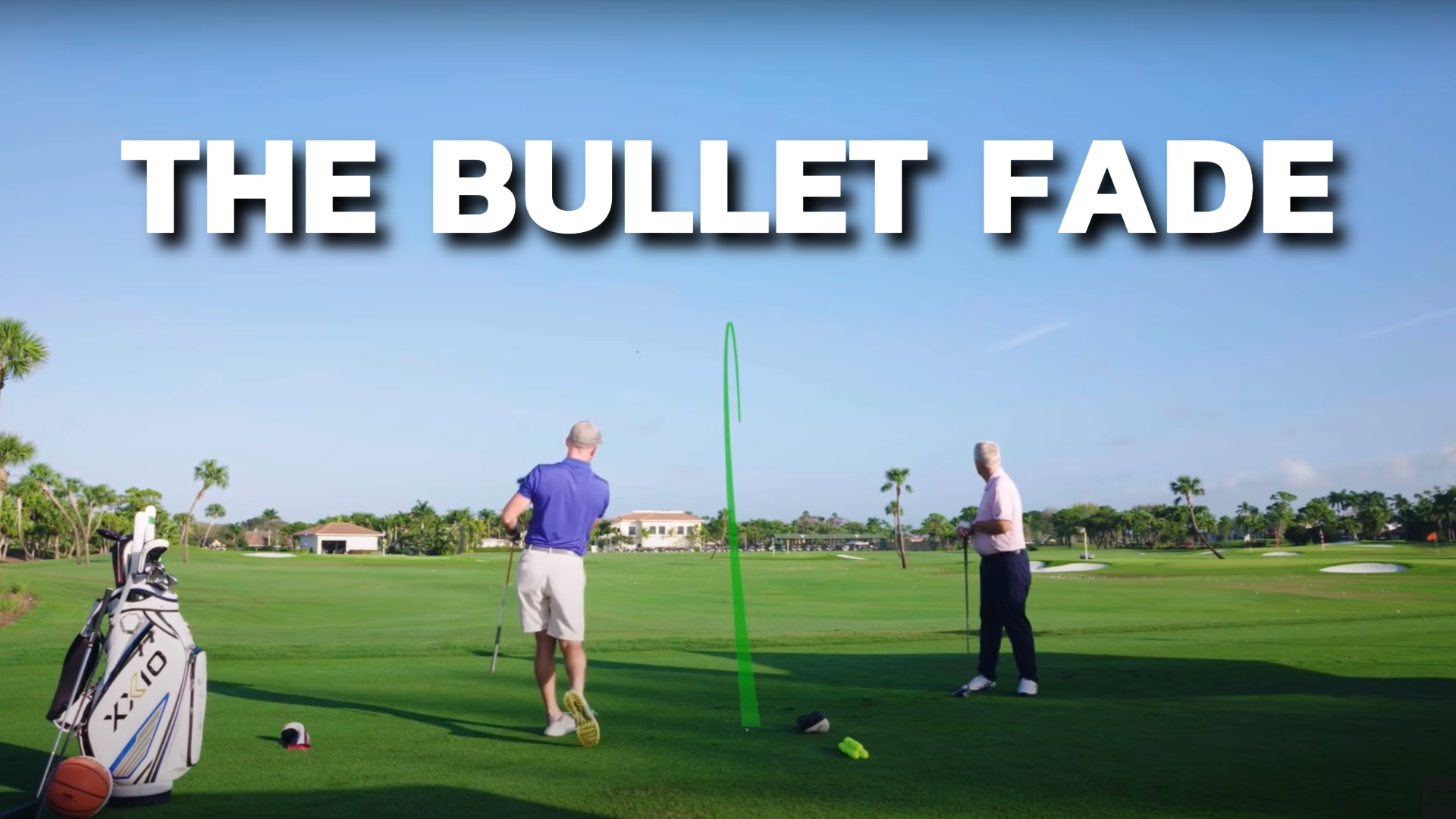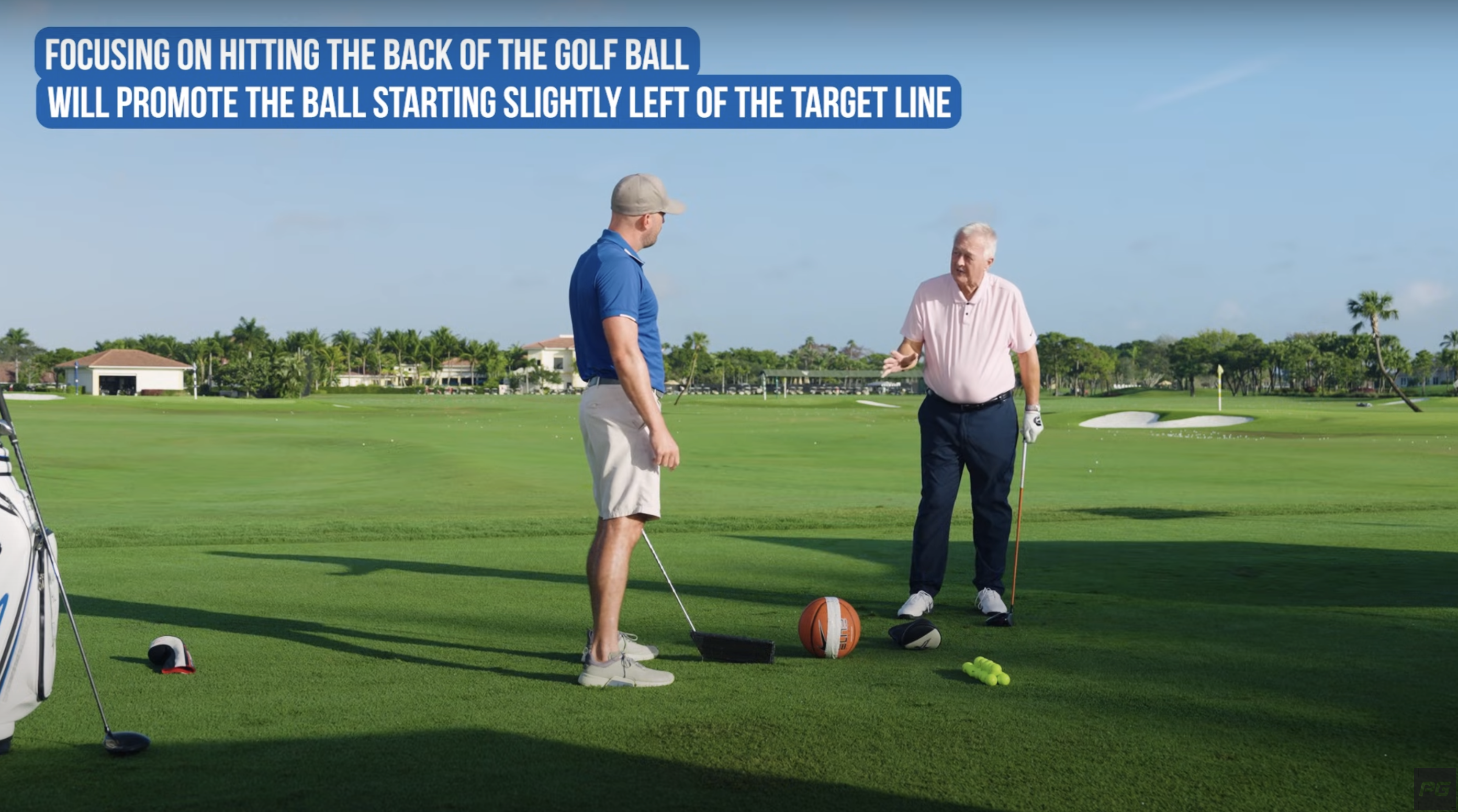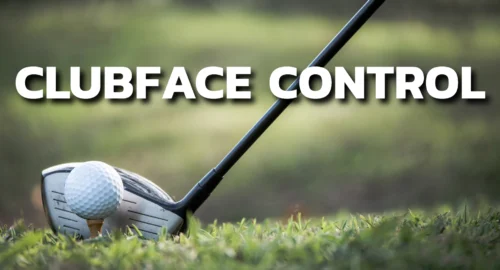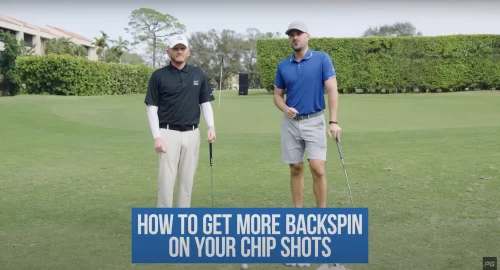
If you’ve spent time trying to figure out how to hit a draw, only to find yourself frustrated and inconsistent, you’re not alone. We talked with renowned golf instructor Martin Hall and Performance Golf’s Eric Cogorno, in a recent YouTube video to go over why attempting to draw your driver might actually be hurting your game—and what you should do instead.
Let’s break down the key takeaways and how to gain more control over your swing and play smarter, not harder.
Meet Martin Hall: A Legend in Golf Instruction
Martin Hall is one of the most televised golf instructors in history, best known for his work on School of Golf and his influence on players and coaches worldwide.
We’re very excited to collaborate with Martin on our YouTube channel where he’s sharing critical insights from his experience working with 46 major champions. Today, we’re emphasizing the importance of having a reliable “go-to” shot rather than chasing a perfect draw.
The Problem with Figuring out How to Hit a Draw With Your Driver
Here’s the deal: no major champion Martin ever interviewed said they’d trust a draw under pressure. Instead, they prefer a controlled fade—a shot that starts slightly left and gently moves right. The reasons are simple:
- Draws can produce severe misses (big hooks or pushes)
- Fades are easier to control, especially when the fairway gets narrow under pressure
How to Hit the Reliable Bullet Fade
Here’s a simple, repeatable system for hitting a powerful, controlled fade off the tee. Save it for future use, or bookmark the video to refresh yourself on the course!
1. Tee Placement Matters
Instead of standing in the middle of the tee box, position yourself on the right side (for right-handed golfers). This encourages a swing path that naturally produces a fade.
2. Tee the Ball Low
Teeing the ball lower helps create the proper launch conditions for a fade. Martin suggests a “two-finger” test: place two fingers under the teed ball—those fingers should touch the ground. It will look lower than you’re used to, but it’s key to hitting a bullet fade.
3. Slightly Toe the Ball
Address the ball slightly off the toe of the driver. This helps produce a desirable gear effect, promoting a fade while reducing mishits. This also helps set the intent for where you want the ball to go, allowing for a more repeatable bullet fade.
4. Hit the Back of the Ball
Forget about swinging “inside-out” for a draw. Instead, visualize hitting the back of the ball squarely. This encourages a straight start slightly left of the target, perfect for a fade. Martin uses a full sized basketball with a large stripe as a guide, giving you a visual of exactly where you want to direct the golf ball when swapping out for the real shot (below.)

5. Use a Key Swing Thought
Coach Martin Chuck recommends turning through the shot with your right shoulder, while keeping your right wrist bent through impact. This motion helps control the clubface and prevents over-rotation.
Play Smarter, Not Harder
Trying to hit a big, powerful draw might feel satisfying when it works, but it’s often inconsistent under real playing conditions. Learning to hit a reliable bullet fade—by adjusting your tee position, ball height, and swing thoughts—can dramatically improve your consistency and scores.
If you’re ready to take your driving game to the next level, Martin Hall and Performance Golf have created the Billion Dollar Tee Shot tutorial to help you master this technique, so be sure to check it out!

